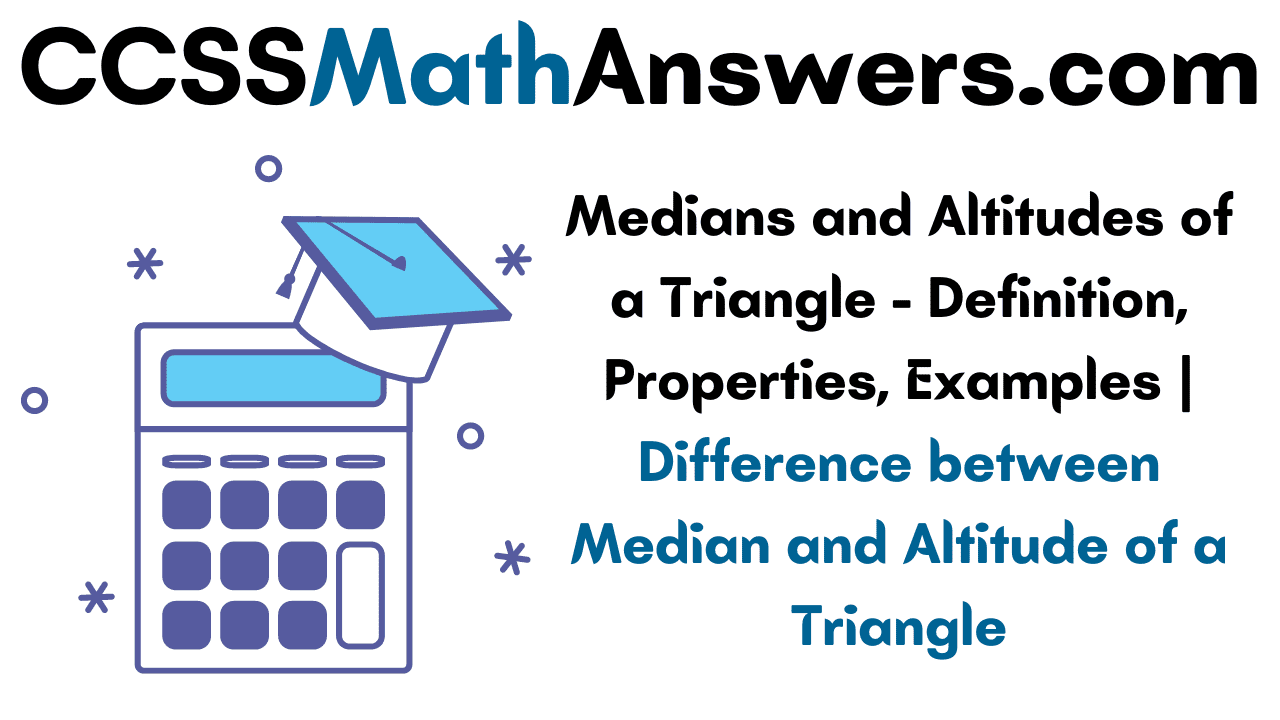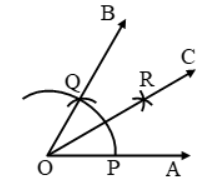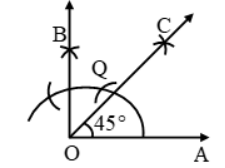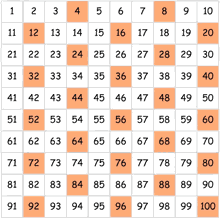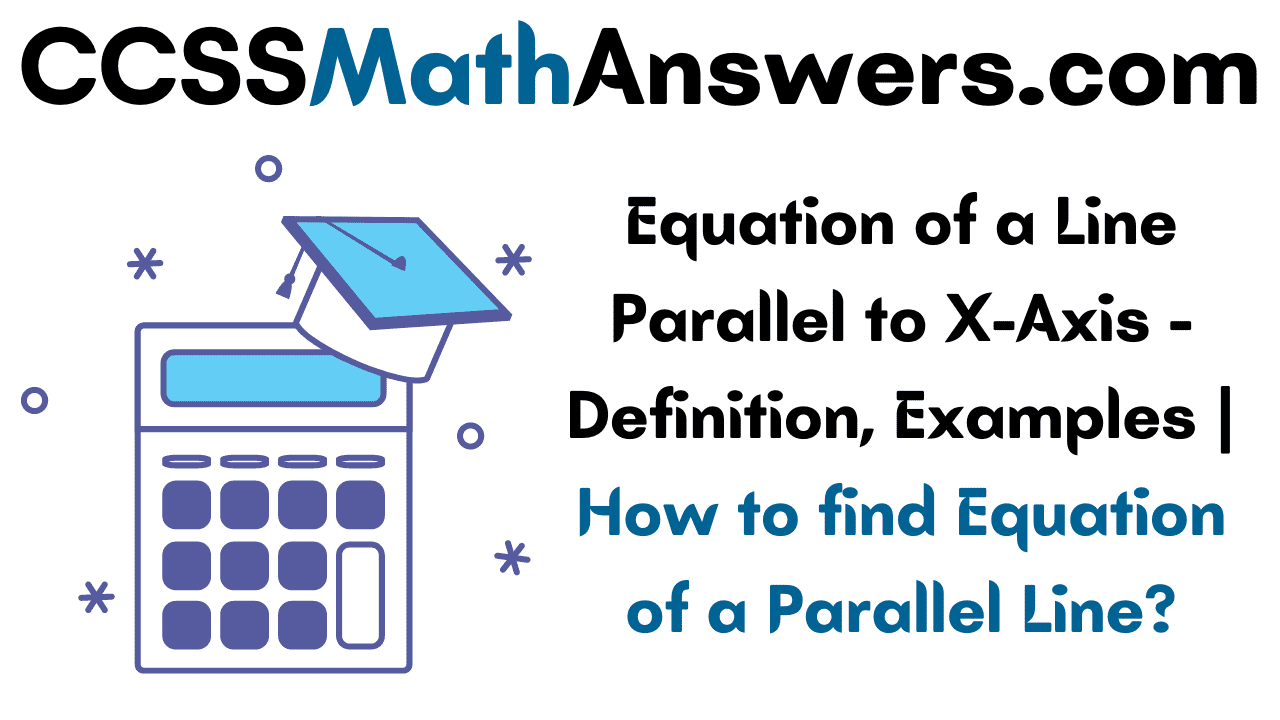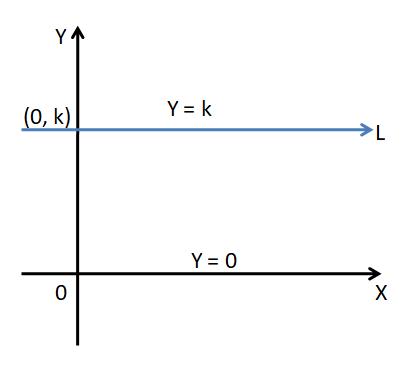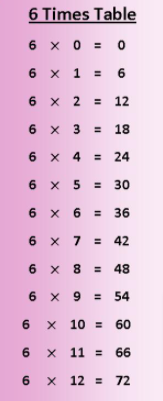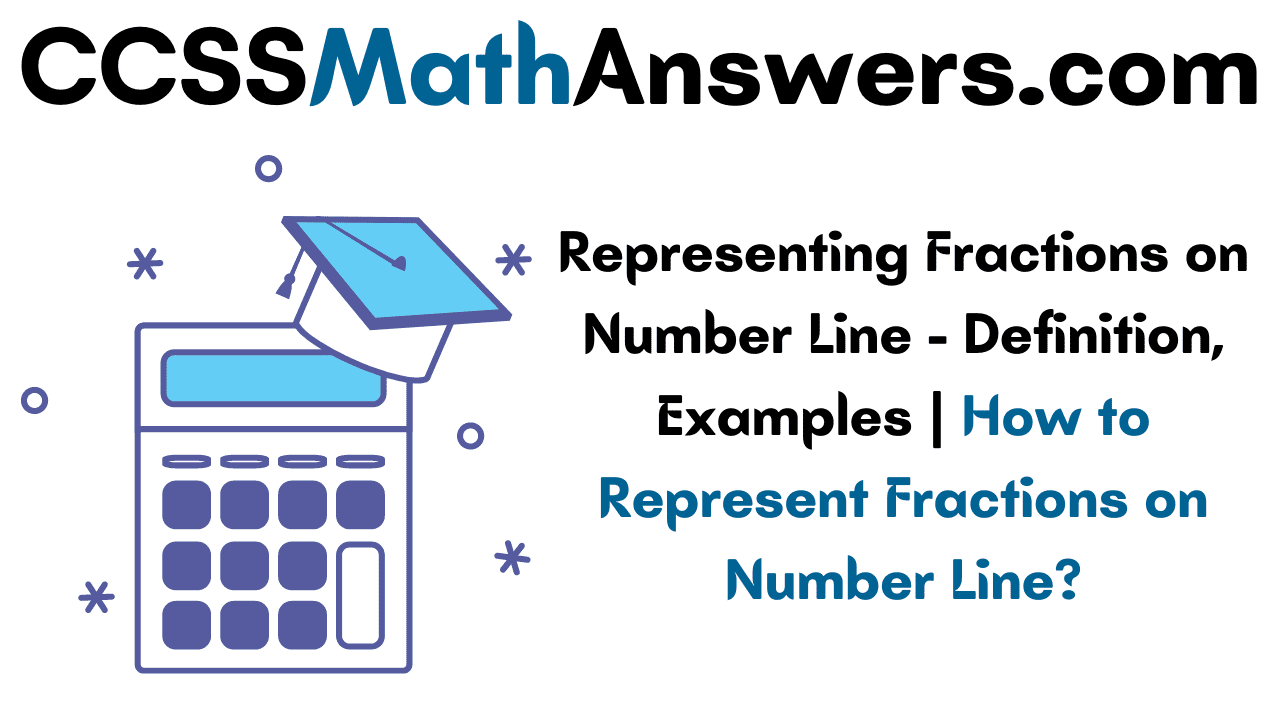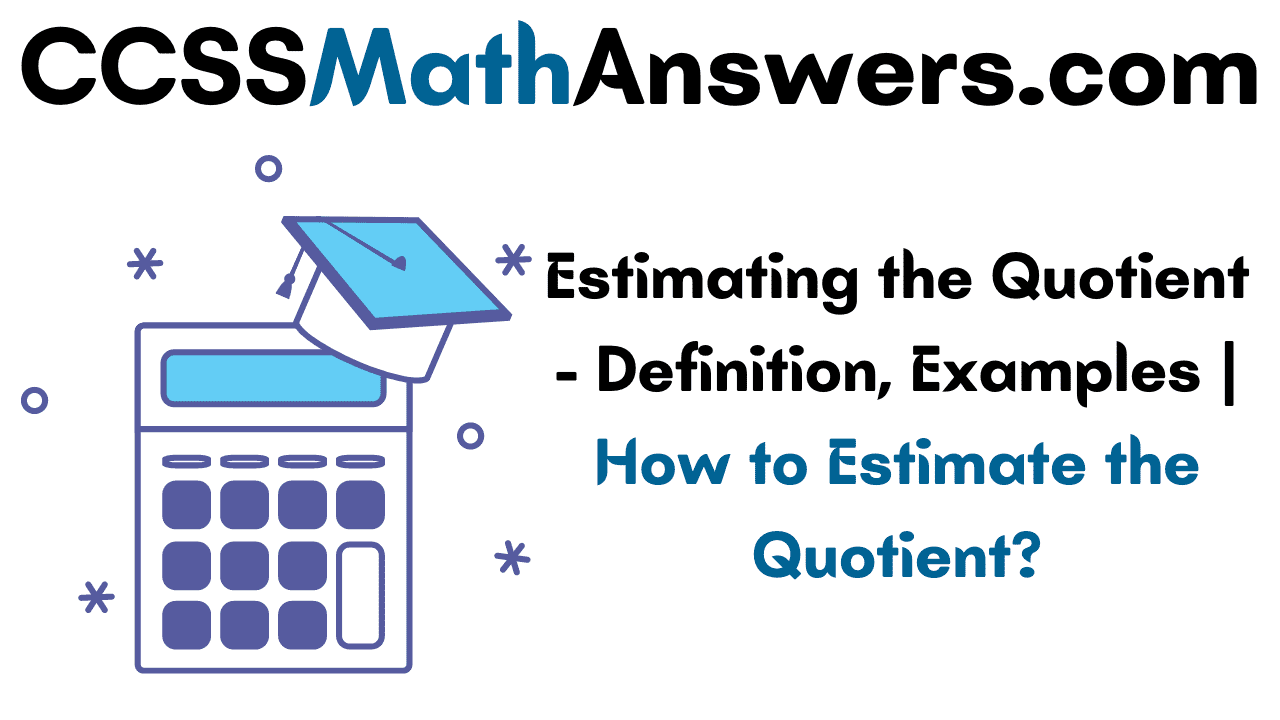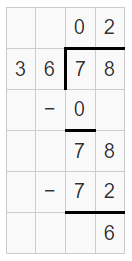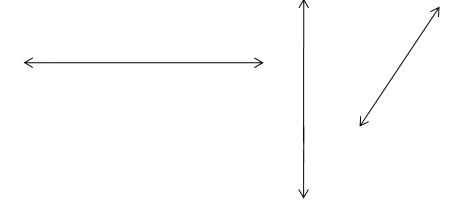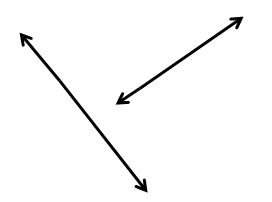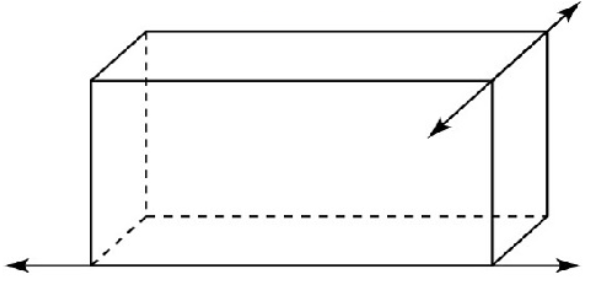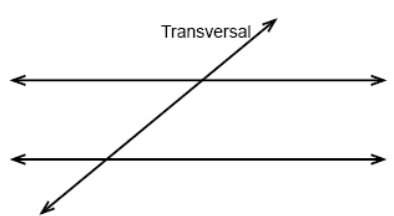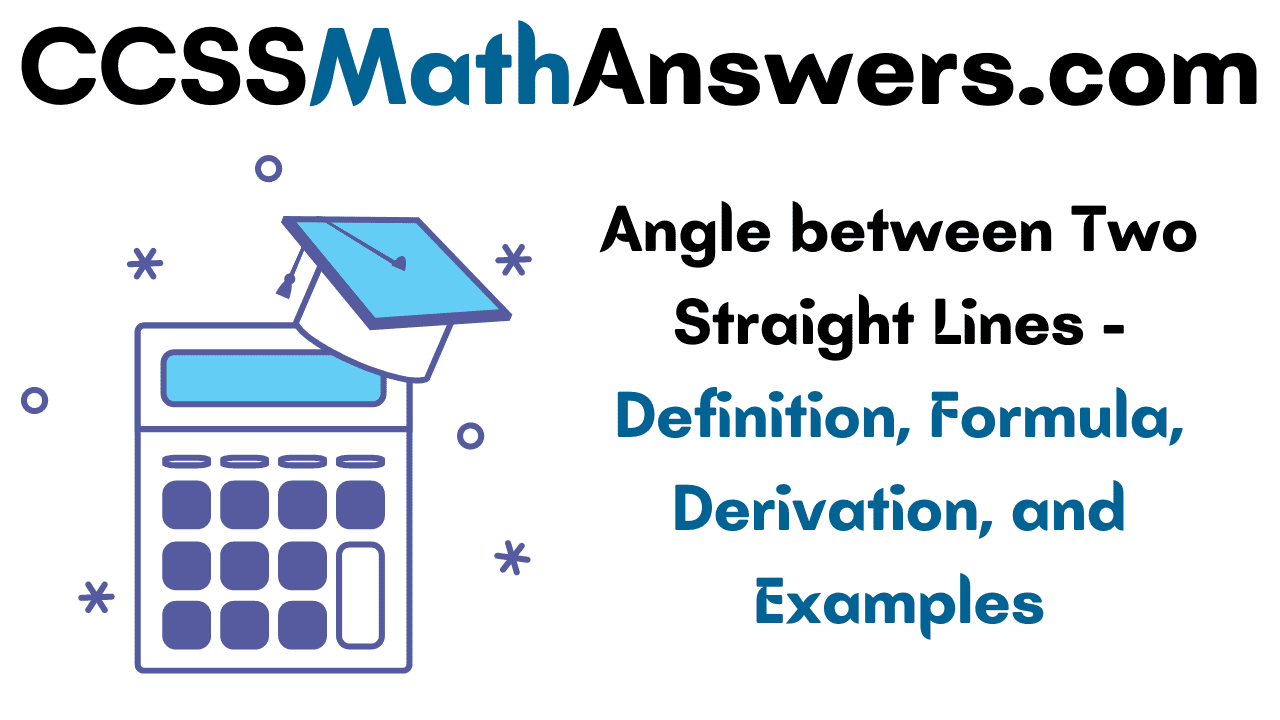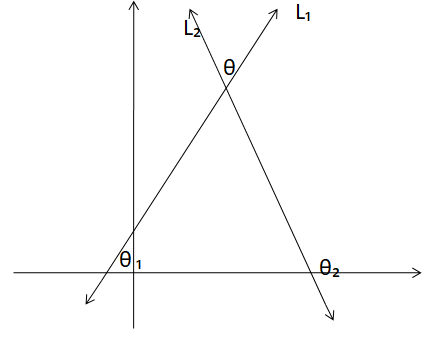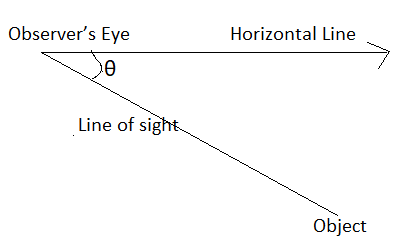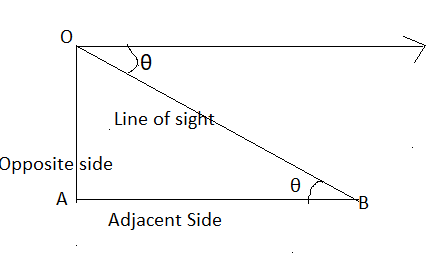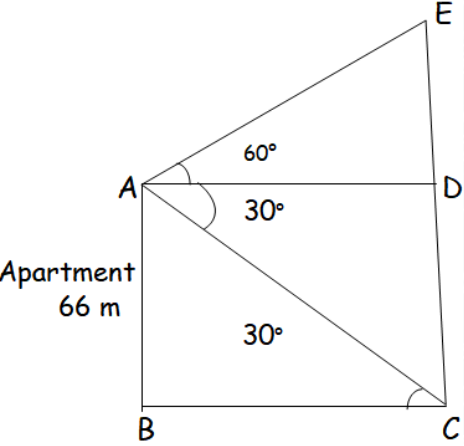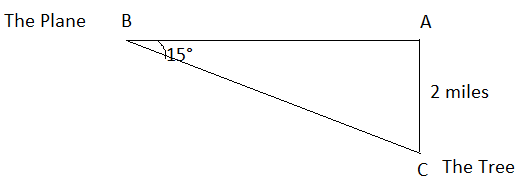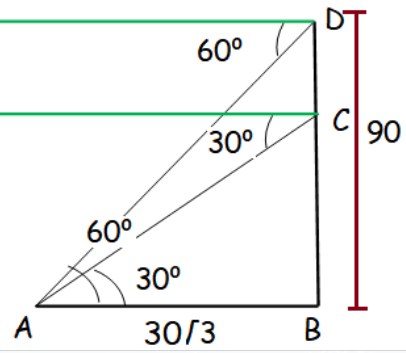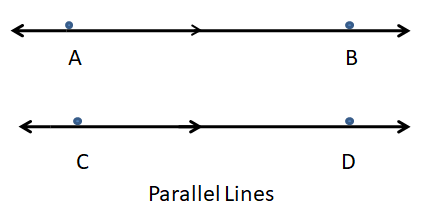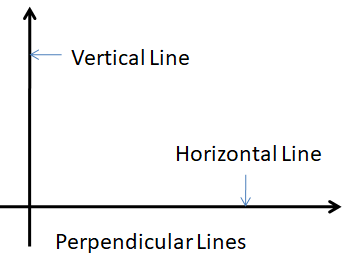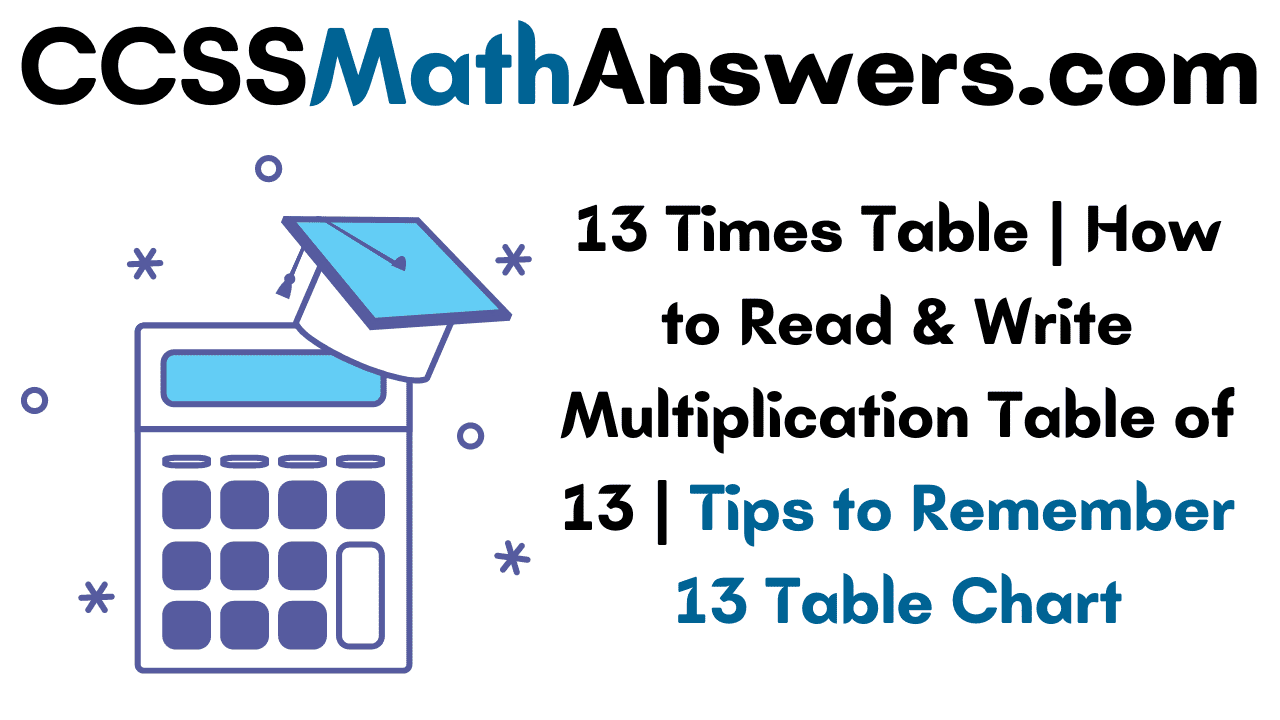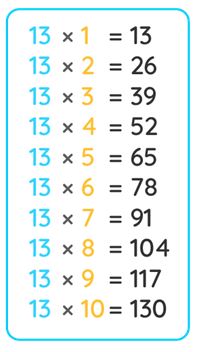A triangle is a polygon having 3 sides and three vertices. The sum of interior angles of a triangle is 180 degrees. Depending on the side length triangles are divided into three types they are equilateral triangle, isosceles triangle, and scalene triangle. And based on the angle measurement, triangles are again classified into three various types they are right, acute, oblique triangles. Both median, altitude is the lines in the triangle. Here, we will learn more about the Medians and Altitudes of a Triangle.
Also, Read
- Area and Perimeter of the Triangle
- The triangle on the Same Base and between Same Parallels Theorem
- Perimeter of a Triangle
Median of a Triangle – Definition
Median in a triangle is nothing but the straight line that joins one vertex and midpoint of the side that is opposite to the vertex. A triangle can have a maximum of three medians and the point of intersection of three medians is called the center of the triangle.
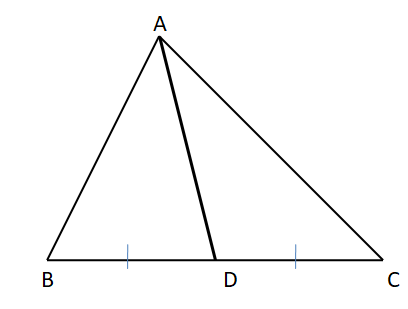
In △ ABC, AD is the median that divides a side BC into two equal parts. So, BD = CD.
Properties of a Triangle Median

- All triangles have 3 medians, each one from the triangle vertex. Here AD, BE, CF are the 3 medians of the triangle ABC.
- The three medians meet at a single point.
- The point where 3 medians meet is called the centroid of the triangle. Here O is the centroid of △ ABC.
- Each median of a triangle divides the triangle into two smaller triangles having the same area.
- So, 3 medians divide a triangle into 6 smaller triangles of equal area.
Altitude of a Triangle – Definition
The altitude is a straight line that starts from the triangle vertex and stretches till the opposite side of the vertex making a right angle with the side of the triangle.

Properties of Altitude of a Triangle
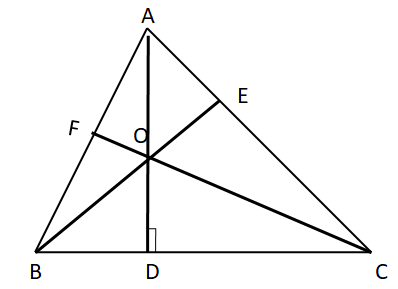
- Each triangle has 3 altitudes. Here AD, BE, CF are the altitudes of the triangle ABC.
- An altitude is also called the shortest distance from the vertex to the opposite side of a triangle.
- Three altitudes always meet at a single point.
- The point of intersection of three altitudes is called the ortho-center of the triangle. Here O is called the ortho-center of triangle ABC.
- The altitude of a triangle may lie inside or outside the triangle.
Median and Altitude of an Isosceles Triangle
Isosceles Triangle is a type of triangle that has two sides or angles of equal measurement. The median and altitude of an isosceles triangle have some particular features. They are along the lines.
- The Median, angle bisector is the same in an isosceles triangle when the altitude is drawn from the vertex to the base.
- Altitude, median, angle bisector interchange in case of an isosceles triangle.
- The Median, and altitude of the isosceles triangle are the same.
Medians and Altitudes of Triangles Examples
Example 1:
The given angles of a triangle ABC are in the ratio of 1 : 2 : 3. Evaluate all the angles of △ ABC.
Solution:
Let the first angle of triangle A is x.
So, ∠B = 2x, ∠C = 3x
We know that sum of all angles in a triangle is 180°
x + 2x + 3x = 180°
6x = 180
x = \(\frac { 180 }{ 6 } \)
x = 30°
So, ∠A = 30°
∠B = 2 x 30° = 60°
∠C = 3 x 30° = 90°
Therefore, the angles in a scalene triangle are different.
Example 2:
Construct ΔABC whose sides are AB = 4 cm, BC = 6 cm and AC = 5 cm and locate its orthocentre.
Solution:
Draw ΔABC using the given measurements.
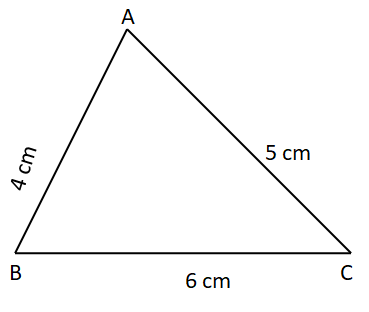
Construct altitudes from any two vertices (A and C) to their opposite sides (BC and AB respectively).
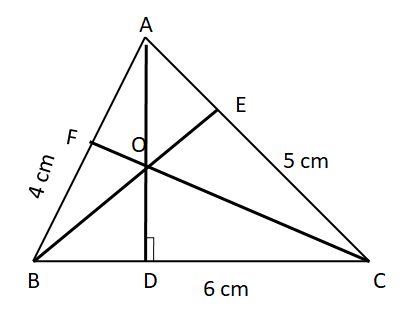
The point of intersection of the altitudes O is the orthocentre of the given ΔABC.
Example 3:
Construct the centroid of ΔABC whose sides are AB = 6 cm, BC = 7 cm, and AC = 5 cm.
Solution:
Draw ΔABC using the given measurements.

Construct the perpendicular bisectors of any two sides (AC and BC) to find the mid points D and E of AC and BC respectively.
Draw the medians AE and BD and let them meet at G.

The point G is the centroid of the given ΔABC.
FAQs on Medians and Altitudes of a Triangle
1. How many medians can a triangle have?
Median is a line segment that connects a vertex to the mid point of the opposite side. Every triangle has exactly 3 medians each from one vertex.
2. What is the difference between the median and altitude of a triangle?
The altitude is a perpendicular bisector that falls on any side of the triangle and the median meets the side of a triangle at the midpoint. For an isosceles triangle, the altitude drawn to the base of a triangle is called the median, median drawn to the triangle base is called the altitude.
3. What is an ortho-center in a triangle?
The point where all three altitudes intersect is called the ortho-center of the triangle. The ortho-center may lie either inside or outside of a triangle.
